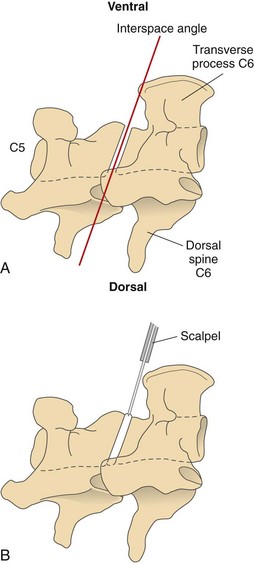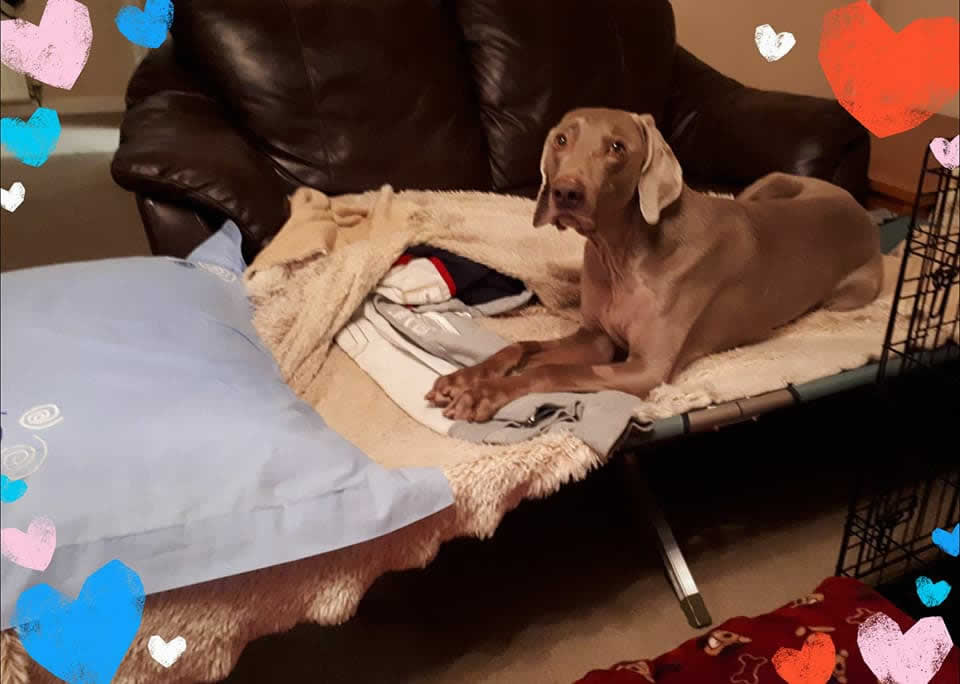Ventral Slot Surgery Dog Procedure
Neurosurgery is a highly specialized field. Neurological diseases can be devastating. Often, certain small dogs can have slipped or ruptured intervertebral discs leading to pain, discomfort and even paralysis. Back Surgery – Hemilaminectomy/Ventral Slot. Hemilaminectomy is a surgical procedure that we perform on a regular basis for canine patients at our hospital. It is useful for correcting slipped or herniated discs in the spine. If your dog is having difficulty walking or has pain or lameness, a compressed spine might be the culprit.
Neurosurgery is a highly specialized field.
Neurological diseases can be devastating. Often, certain small dogs can have slipped or ruptured intervertebral discs leading to pain, discomfort and even paralysis. In some instances, patients do require referral to other institutions for further specialized care.
Neurosurgical services offered at Leshem Veterinary Surgery
- Neurosurgery
- Hemilaminectomy – case by case
- Ventral slot – case by case
- Epidural procedures
- AA luxation
- Certain spinal fractures/luxations
- Tumor biopsy
While surgery isn't always required for IVDD, for dogs suffering from Intervertebral Disc Disease which affects their ability to walk, surgery is often the best treatment option. IVDD surgeries aim to restore mobility, reduce pain and prevent further disc problems. Here's more from our Cordova specialist vets on treatment options for IVDD in dogs.
What is an Intervertebral Disc?
The intervertebral disc is a gelatinous inner substance surrounded by a ring of fibrous tissue. Intervertebral discs give the spine flexibility and help to cushion the load to the spine whenever your dog is doing movements such as running or jumping.
What is IVDD?
Intervertebral disk disease (IVDD) can also be described as a ruptured, slipped, bulging or herniated disk that can occur in your dog's neck or back. This condition is often seen in beagles, dachshunds, pekingese, shih tzus, and basset hounds but may occur in dogs of any size or breed.
What causes IVDD in dogs?
Intervertebral Disc Disease is an age-related, gradual degenerative process that affects the spinal cord of the dog over a period of time, often undetected.
IVDD occurs when the shock absorbing discs between your dog's vertebrae gradually begin to harden until they are unable to cushion the vertebrae properly. The hardened discs will typically go on to bulge and compress the spinal cord, often damaging the dog's nerve impulses such as those that control bladder and bowel control. In other cases, a simple jump or poor landing can lead one or more of the hardened discs to burst and press into the nerves of the dog's spinal cord causing pain, possible nerve damage or even paralysis.
Can a dog recover from IVDD without surgery?
If your dog has been diagnosed with IVDD but is still able to walk non-surgical treatments may be able to help your dog recover from IVDD. That said, if your dog has a severe case of IVDD and has lost their ability to walk, urgent emergency treatment is required.
Non-surgical treatment for IVDD is also called conservative treatment or management. The goals of non-surgical treatment are to help relieve pain and discomfort, to get your dog standing and walking again, and to help restore lost bladder and bowel control. Non-Surgical treatments for IVDD in dogs include:
- Strict Crate-Rest - If you are trying to relieve your dog's IVDD symptoms without surgery, strict rest is going to be essential and is going to require patience! Your dog will need to be strictly confined to a small room or crate for least 4 weeks in order to give the dog's body sufficient time to try and mend the damage.
- Anti-Inflammatory Medications - Non-surgical treatment of IVDD in dogs will likely include steroid and anti-inflammatory medications to help reduce pain and swelling. These medications are used in conjunction with restricted activity and crate-rest.
- Dietary Care - Your vet will carefully calculate the precise number of calories required by your pet in order to manage weight and help to prevent added pressure on their spine.
- Physical Rehabilitation (Physical Therapy) - A rehabilitation practitioner will assess your dog's current condition and recommend a treatment plan which will include a combination of at-home treatments and professional treatment. Rehab can work wonders for pets suffering from mild - moderate cases of IVDD, as well as those recovering from surgery.
Surgical Treatment of IVDD
Surgery is considered the best, and in some cases the only, treatment for severe cases of IVDD in dogs. The goal of IVDD surgery is to remove the diseased intervertebral disk material in order to relieve the pressure on your dog's the spinal cord, restore normal blood flow, and prevent disc problems in the future. In order to achieve this goal a combination of surgeries may be used to treat dog's with IVDD


Which surgeries are used to treat your dog's IVDD will largely depend upon the location of the diseased disc. There are a number of different IVDD surgeries including hemilaminectomy, laminectomy, fenestration and ventral slot. In some cases a vertebral stabilization (fusion) procedure may also be recommended, especially in large breed dogs. How much IVDD surgery costs depends on many factors, however you can expect to pay in region of $1,500 to $4,000 for IVDD surgery for your dog.
IVDD Surgery Success Rates
Surgery is typically very successful in the majority of cases. Outcomes are most successful in dogs that have not lost their ability to walk. In dogs that have had ongoing symptoms of IVDD atrophy of the spinal cord can occur and lead to less successful outcomes.
If IVDD surgery is not successful in returning your pet to normal mobility, a dog wheelchair can help your pup to enjoy a happy and active life while living with Intervertebral Disc Disease. Recovery from IVDD surgery requires 6 - 8 weeks of restricted activity combined with appropriate medications to help with pain management and swelling. Your vet may also recommend physical rehabilitation (physical therapy for dogs) to help your pet recover.

Should I consider euthanasia for my dog with severe IVDD?

Ventral Slot Surgery Dog Procedure Complications
If you're the pet parent of a dog that has been diagnosed with severe IVDD you are likely facing some very difficult questions regarding treatment for your beloved pet. Your vet will be sure to explain the treatment options that are available, and the likely outcome for each. Caring for a dog that is recovering from IVDD can be time-consuming and costly whether you opt for surgical or non-surgical treatment.
Ventral Slot Surgery Dog Procedures
Every pet is different and your dog's prognosis will depend on a number of factors including your dog's age, the severity of the spinal injury, where on the spine the injury is located, and the length of time between symptoms appearing and treatment. Your vet will carefully and compassionately explain your dog's likelihood of recovery so that you are able to make an informed treatment decision. If you are considering euthanasia for your dog following an IVDD diagnosis, speak to your vet openly and honestly, they have been trained to help you make the best decision for you and your pet.